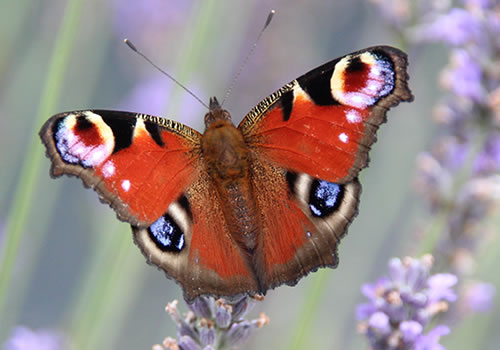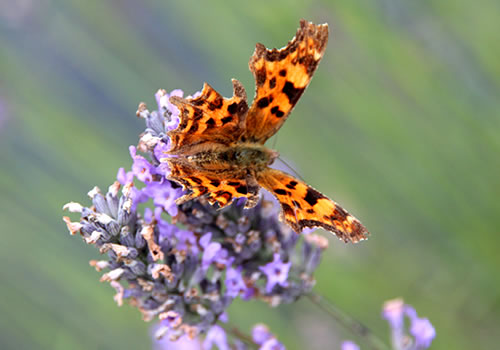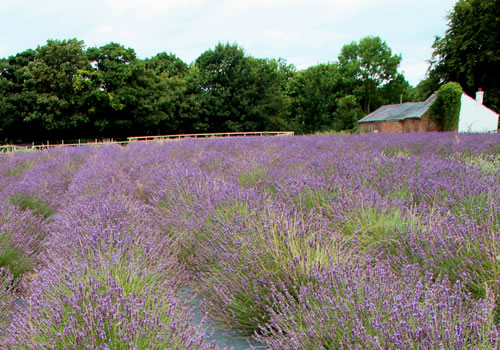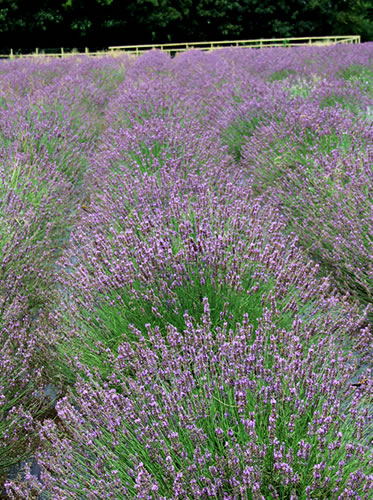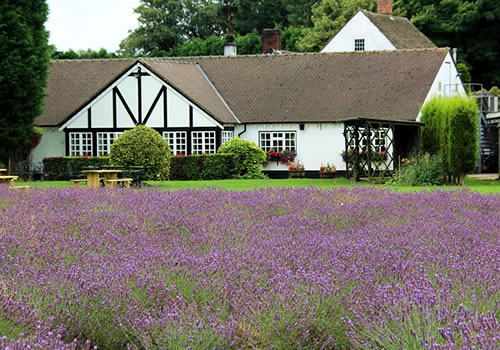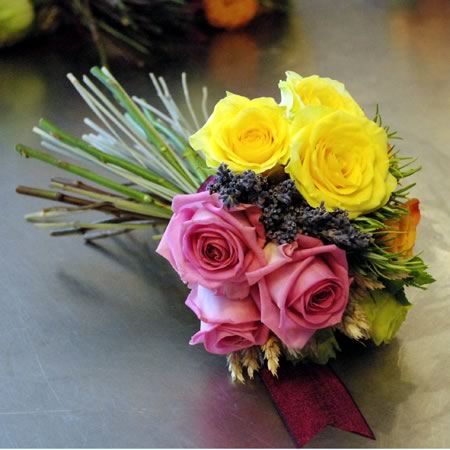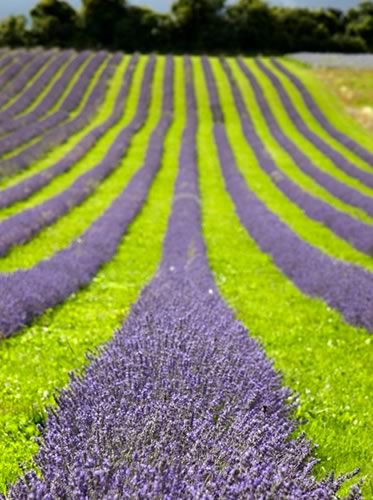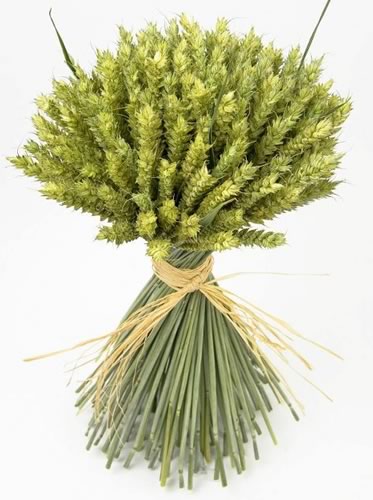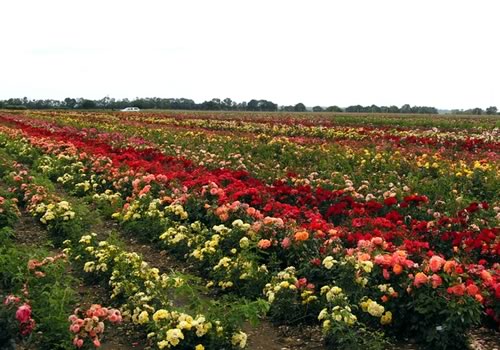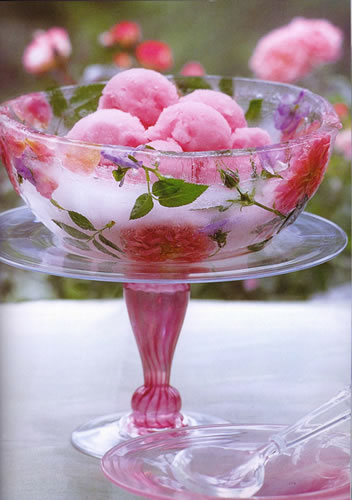
I wrote an article earlier in the week about edible flowers and which types are safe to eat. This article has lots of ideas to make your flowers into tasty creations and how to preserve them for the winter.
Pick your flowers early in the day when they are packed with flavour. Look for flowers that have just opened and leave any look past their best or dirty. Only ever eat flowers that you are sure are edible as some are poisonous. Remove the pollen and stamens from flowers as well as the green parts under the flower. The white part at the bottom of rose petals is bitter so it should also be cut off. Anyone with allergies should avoid eating flowers.
One of the easiest things to do with edible flowers is make tea. Peppermint, lavender or lemon verbena, make a lovely refreshing tea. Leave one or two sprigs to infuse in a cup of boiling water for about 4 minutes and then remove. Chamomile tea is known to be calming and may help you sleep better. Don’t add milk to these drinks, but a touch of honey can be added to sweeten them.
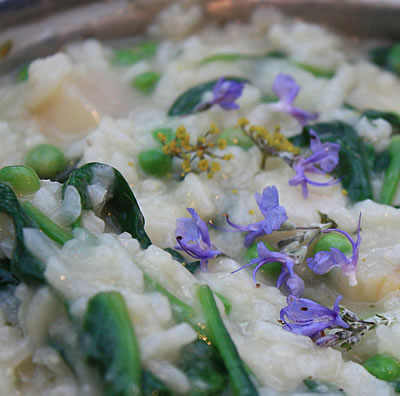
Winter can be an uninspiring time for flowers, but if you plan ahead you can preserve them to use when you wish. A great way to preserve the flavour and scent of flowers is to put them in oil. Marjoram, thyme and lavender are great in cooking. Floral oils will keep for up to 6 months. Ice cubes are another way to preserve flowers, and they look so pretty. Freeze small flowers or individual petals of larger flowers in ice cube trays. Roses and scented geraniums work well. They can be added to drinks for flavour and scent.
Scented sugar is lovely in cakes and meringues. Mix a couple of cups of rose petals in a food processor with 225g of caster sugar. Leave the sugar in an airtight container for a week and then sieve the rose petals out. The sugar can be used to make a subtly flavoured butter cream or added to cakes and meringues. You could also try making lavender or violet sugar.
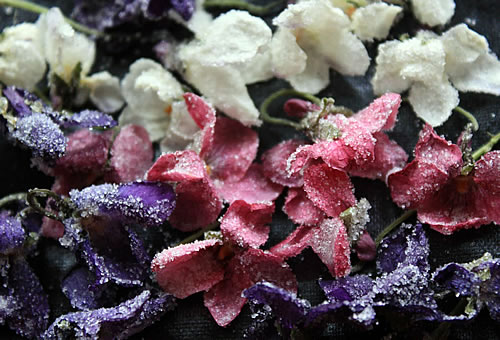
Crystallised flowers are lovely decorations for cakes and deserts. They will last a couple of days if stored in an airtight container. Use a small brush to paint the flowers with egg white on both sides, and then sprinkle them with caster sugar. Use small flowers like mini roses or violets, or separate petals from larger flowers. Spread them out to dry on greaseproof paper, if you have used whole flower heads hang them upside down to dry out. If you’d prefer not use raw egg whites, powdered or pasteurised egg white will work too.
All images are from Kathy Brown her lovely book is available on her website. It’s full of beautiful photos and scrumptious recipes to make with edible flowers.

